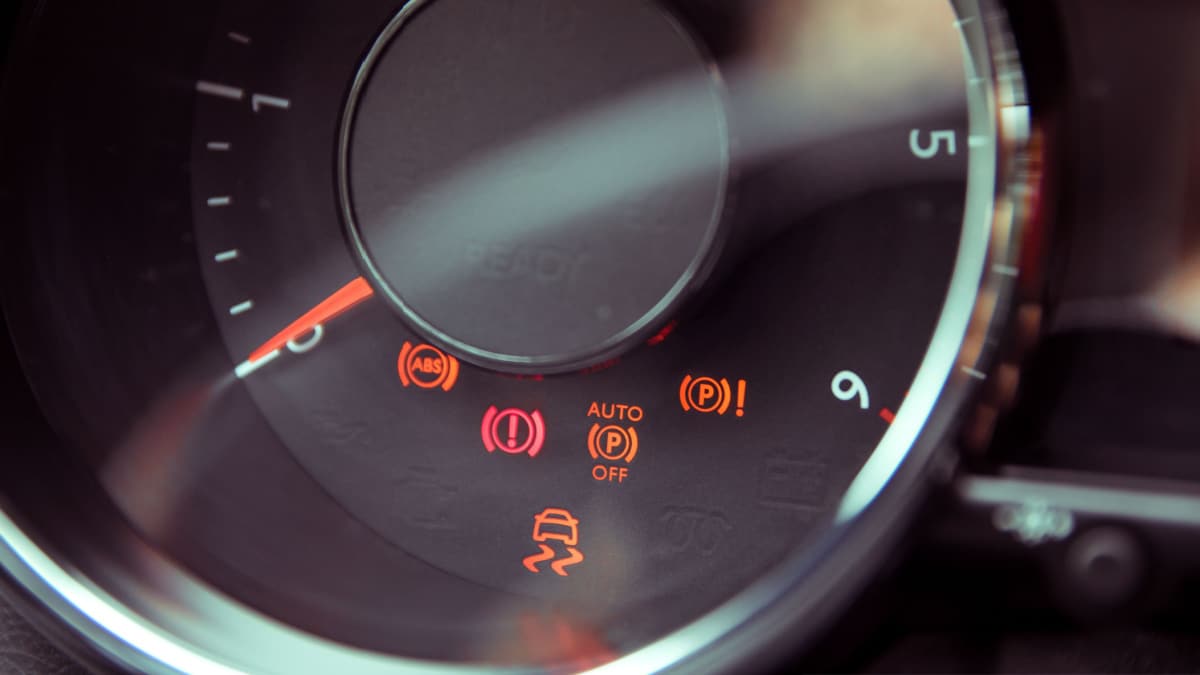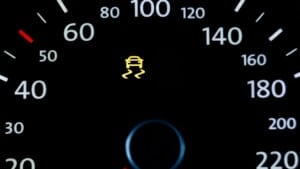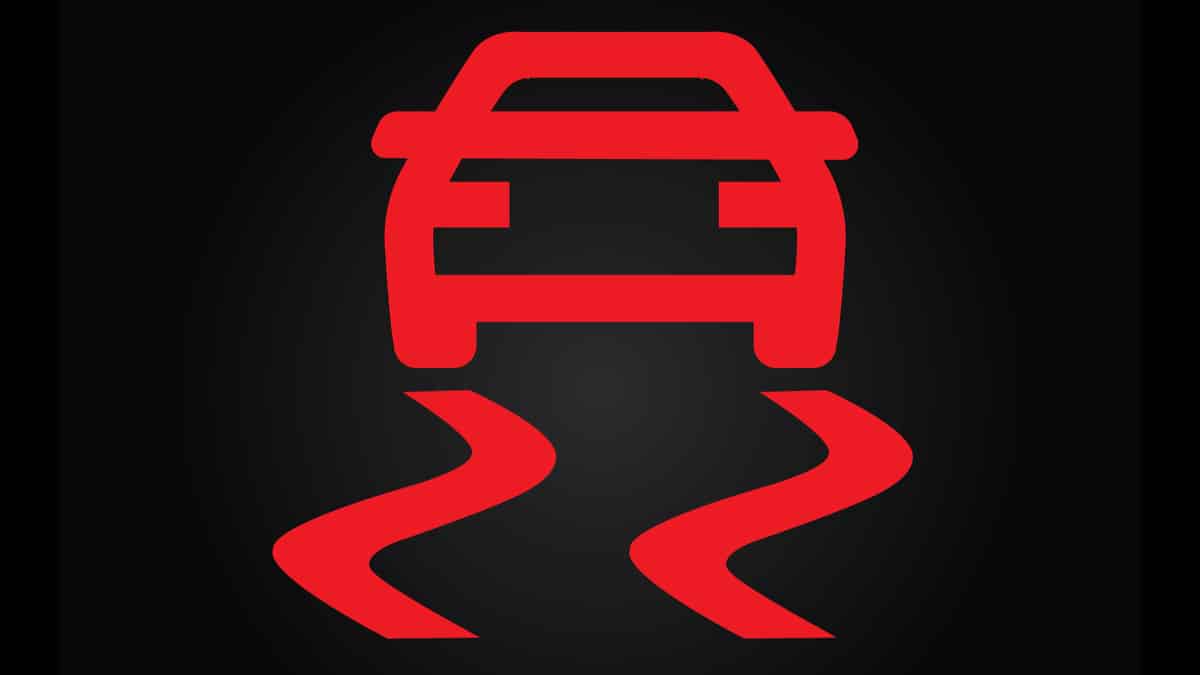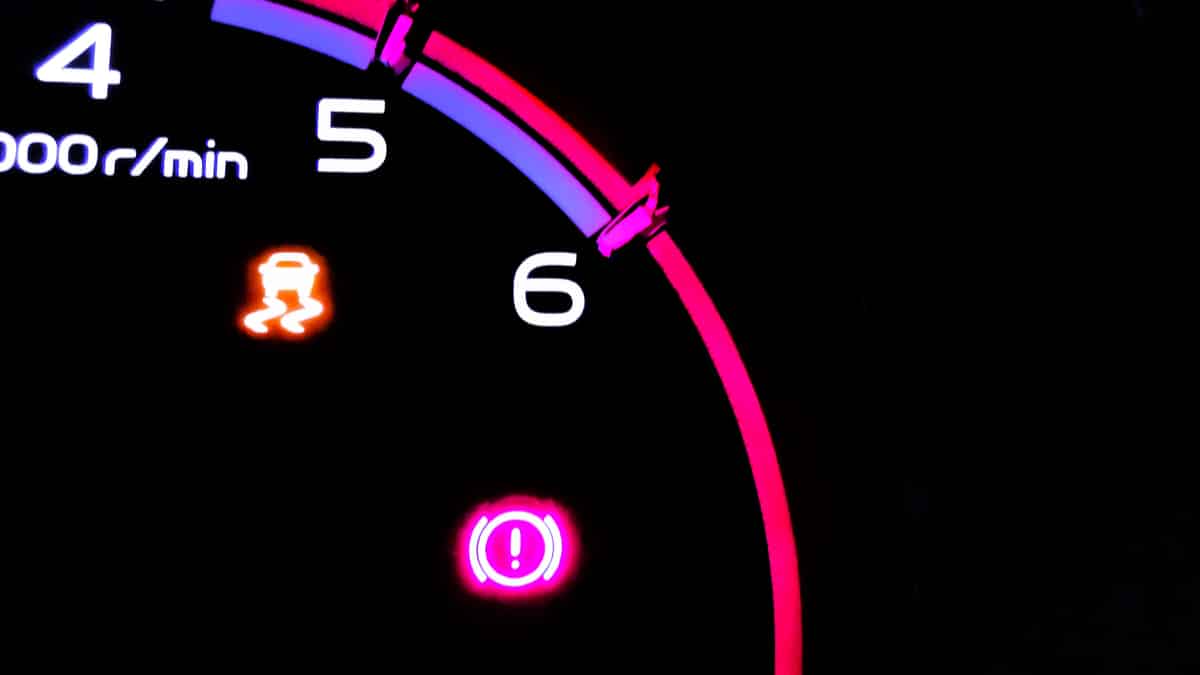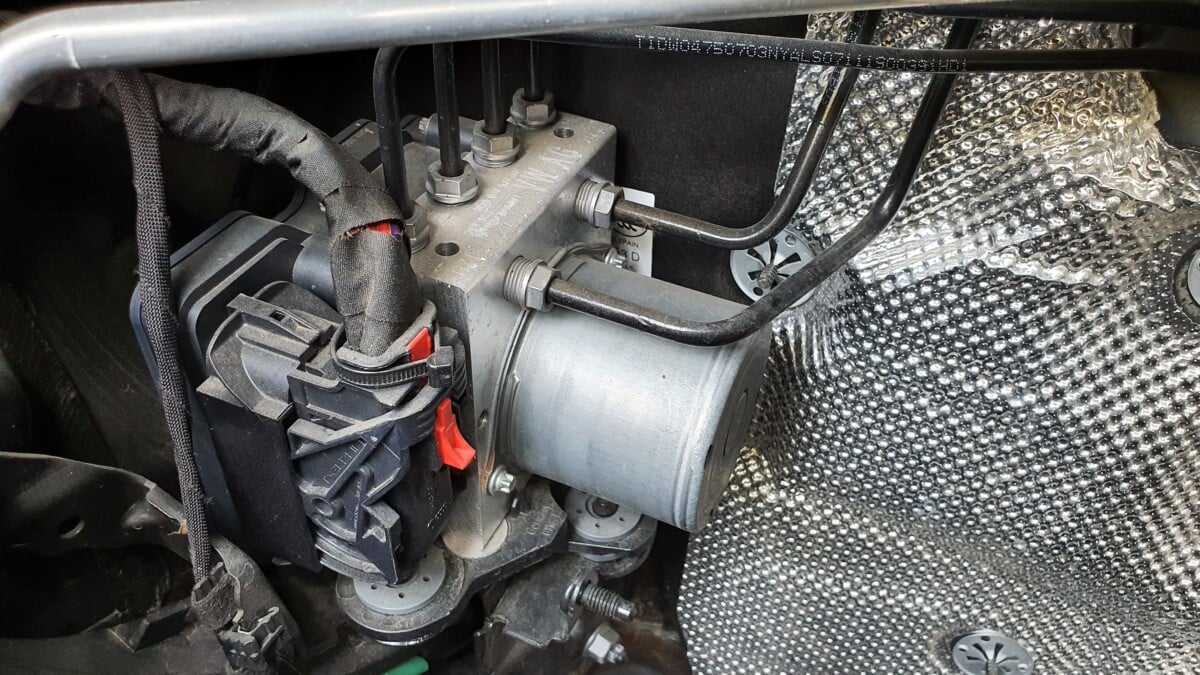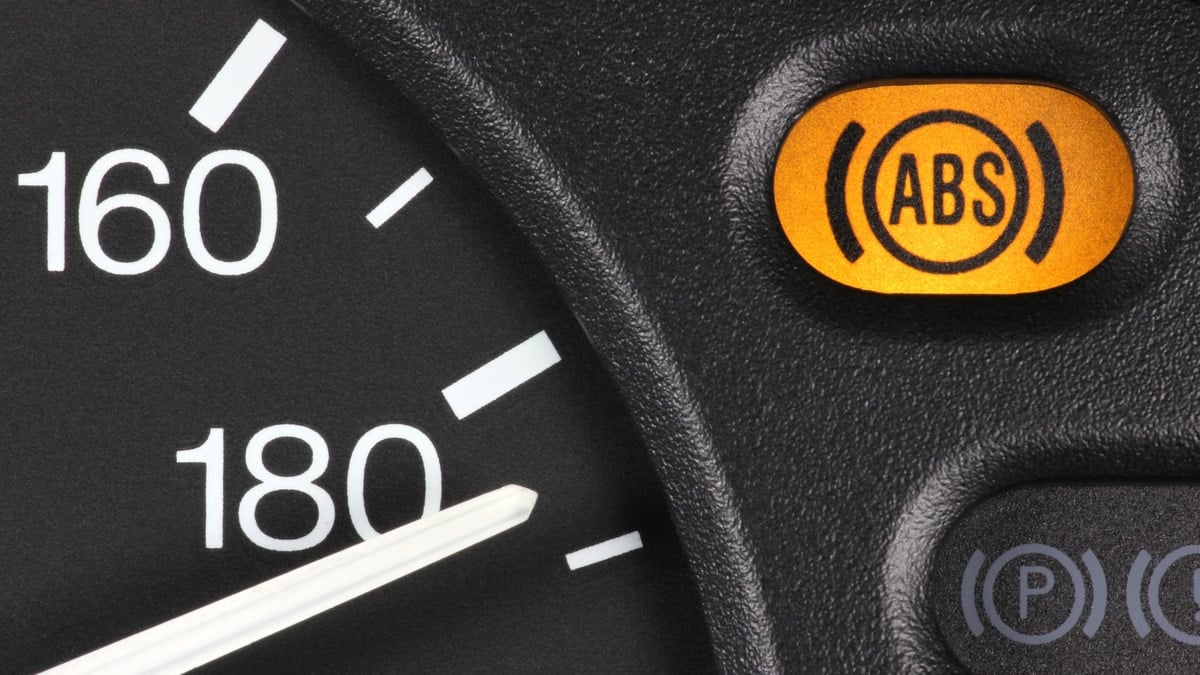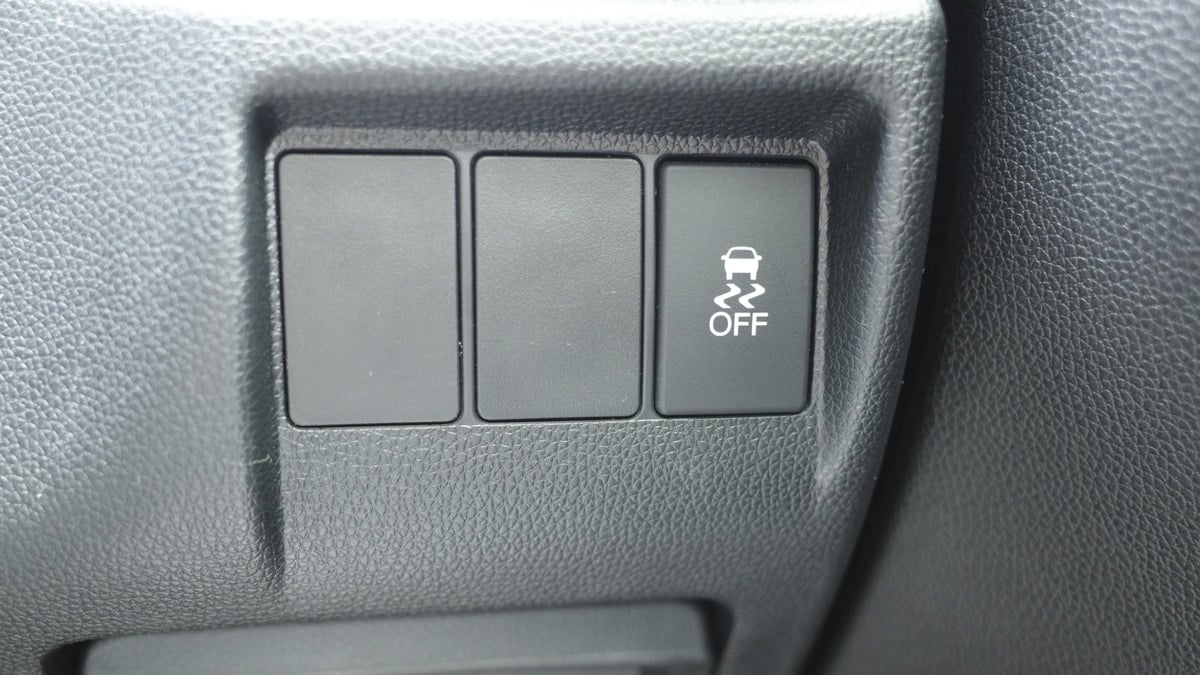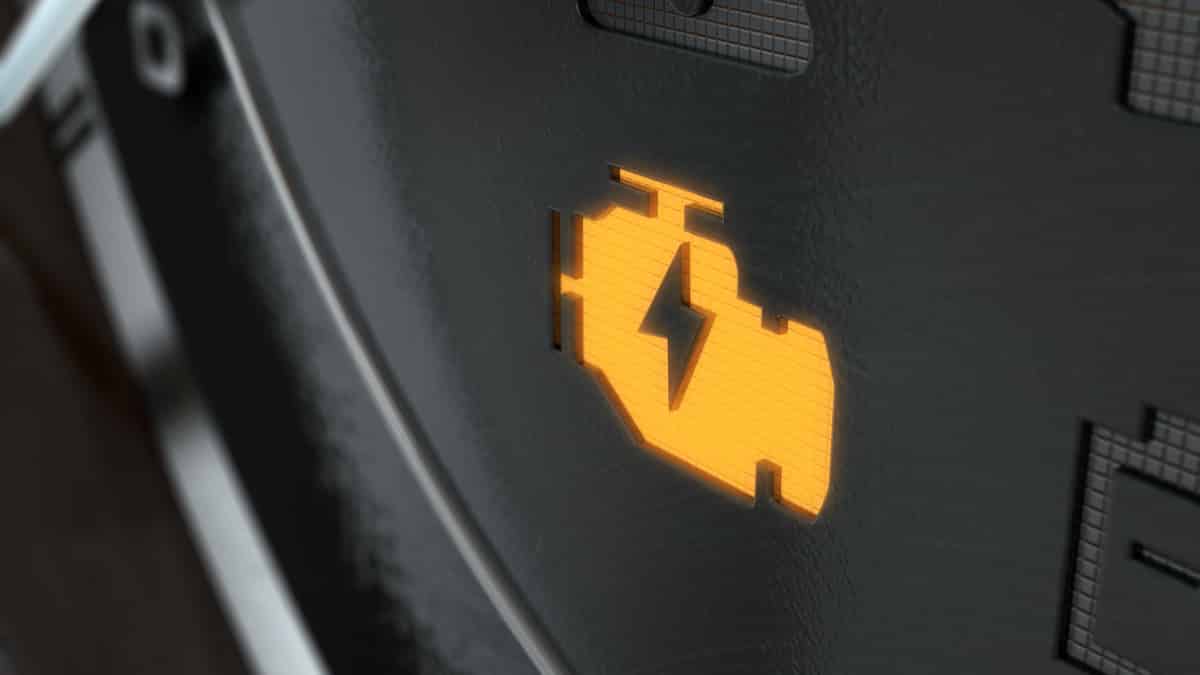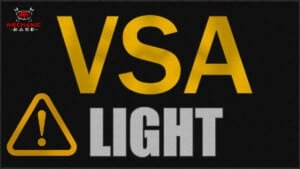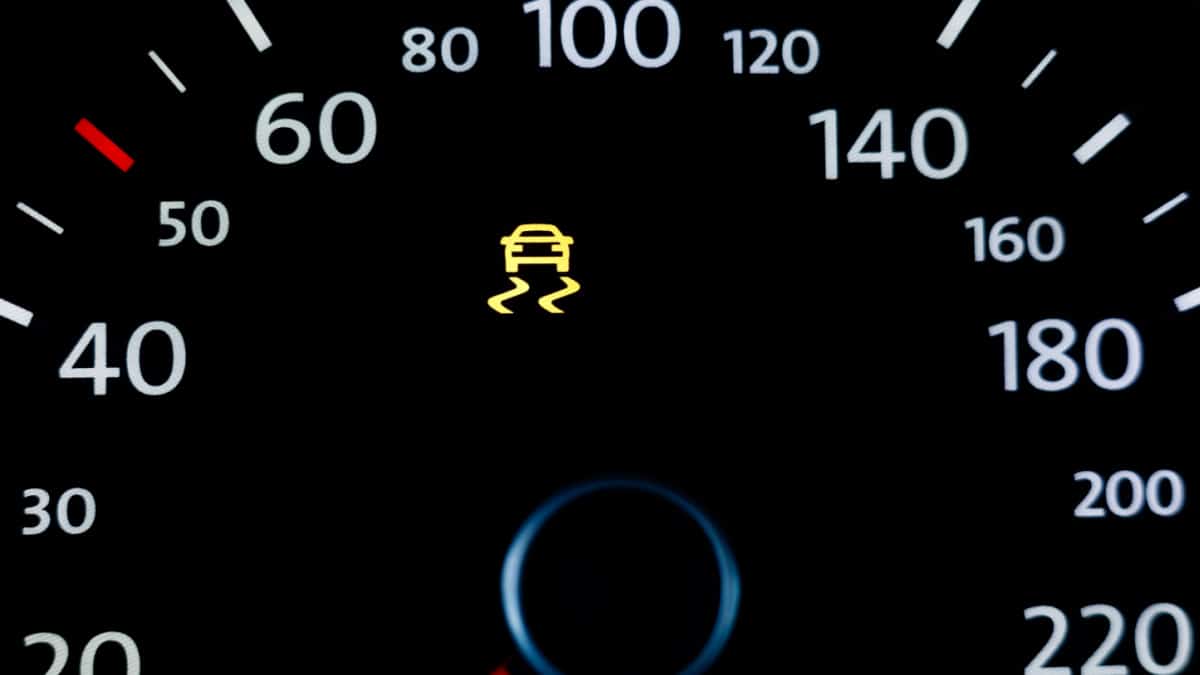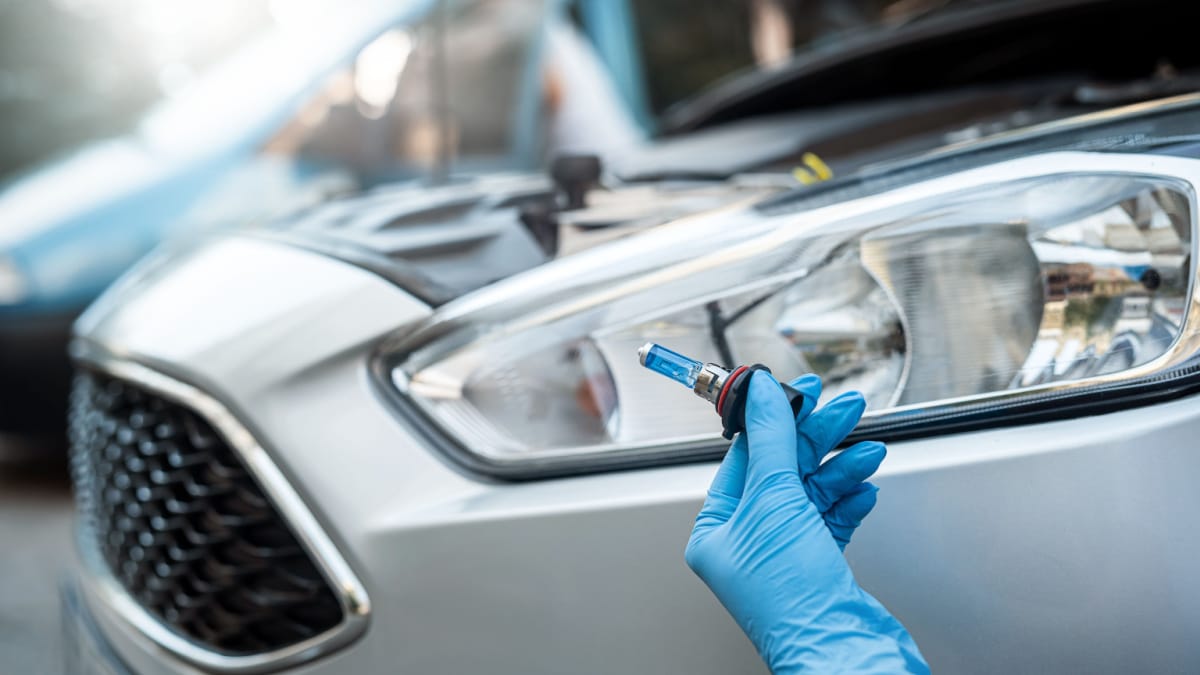Your dashboard has many different types of warning lights on it to let you know when something is wrong. When both the ABS and traction control lights are on, you may be alarmed that there are multiple problems happening simultaneously. Thankfully, there’s nothing to worry about if you run through a proper diagnosis and perform the repair.
In this guide, we cover the reasons why this happens. We also show you how to fix the problem and give you some answers to your most-asked questions.
Why Is My ABS And Traction Control Light On At The Same Time?
The ABS and traction control are two systems that work hand-in-hand in your vehicle. These two systems use the same auto parts, so when something fails, it will affect both. In most cases, there’s a defective part that needs to be replaced and the systems will start working again.
The anti-lock braking system (ABS) is a standard safety feature on all modern vehicles. It ensures that your vehicle’s wheels maintain contact with the road when you step on the brake. It also keeps the brakes from locking up.
The traction control system is a newer technology. It’s been a mandatory safety feature installed on vehicles since 2012. This intuitive system keeps the wheels from slipping on wet or icy surfaces. When activated, power is reduced to slipping wheels.
Reasons Why The ABS and Traction Control Light Is On
If both lights are on, the ABS wheel speed sensor might be bad or it could be the ABS reluctor ring. It may also be a bad steering angle sensor, wiring issues, a blown fuse or low brake fluid. The problem may also be a bad ABS control module or low battery voltage.
Let’s look at these possibilities in more detail.
1. Bad ABS Wheel Speed Sensor
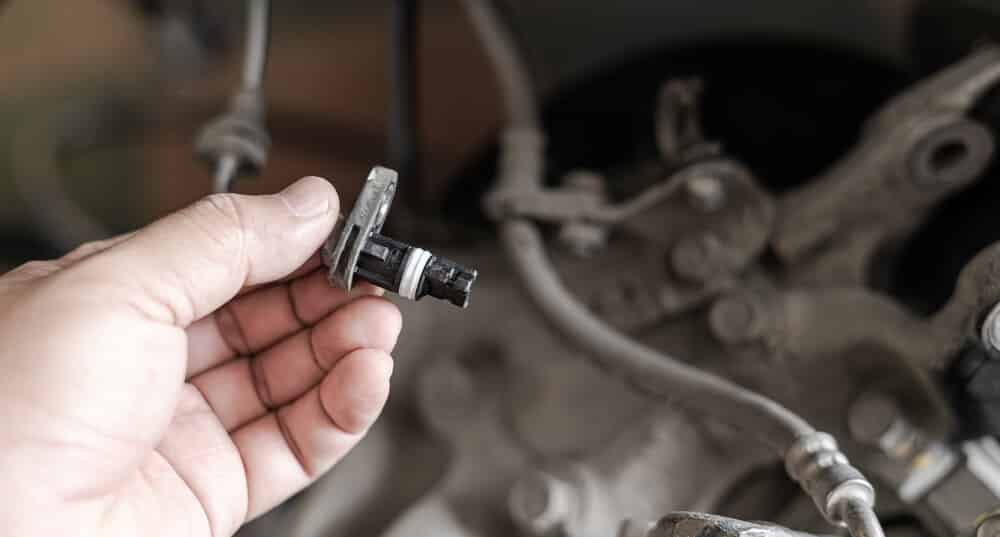
The wheel speed sensors are responsible for measuring how fast each wheel is moving. If the wheels begin to move at different rates or there is some other irregularity, the traction control system activates.
These sensors are in a place where debris can build up. They get damaged and dirty and that can affect the reading. If the sensors aren’t working or reading the wrong data, the system will malfunction, leading to both lights coming on the dashboard.
Learn more: 4 Signs Of A Bad ABS Wheel Speed Sensor and Replacement Cost
2. Bad ABS Reluctor Ring

The ABS ring is the part that measures the difference between the wheel speeds. The speed sensor reads this information and generates a signal to the ABS controller. When this ABS ring fails, readings are going to be wrong.
Not only will the lights come on the dashboard, but the brake pedal can also start to pulsate at lower speeds. There’s also the chance that you will lose ABS function completely.
3. Bad Steering Angle Sensor
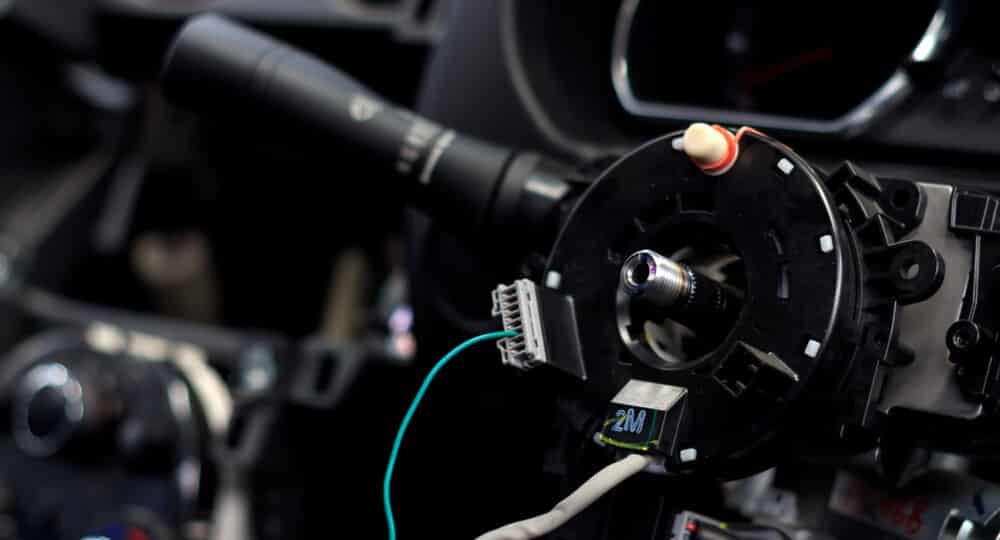
The steering angle sensor is located in the steering column. It’s needed to measure the angle and position of the steering wheel, as well as how fast it returns to the center. This sensor is no different than others; it can fail.
When it is defective, the traction control system and anti-lock braking system will stop working. These systems can’t process the information correctly, so the lights come on the dash.
RELATED: 4 Symptoms Of A Bad Steering Angle Sensor
4. Wiring Issues
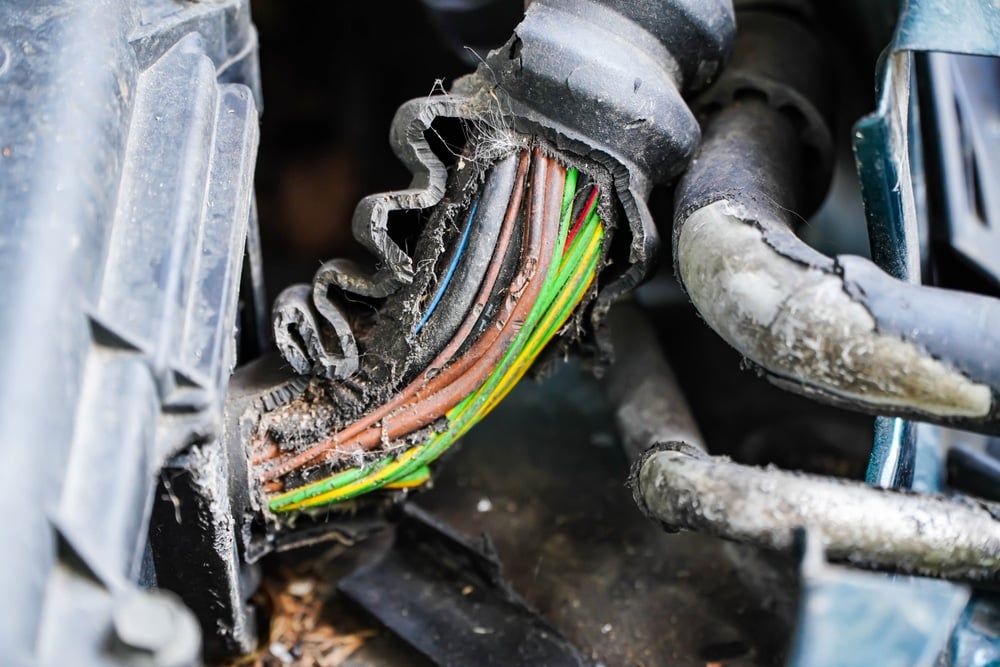
All of these sensors and components are connected together by wiring. If the wiring frays or breaks, the data can’t be sent back to the computer. Additionally, any of the connectors can also fail.
This is one of the problems that are most difficult to diagnose. However, the fix may not be as complicated, depending on where the disconnection is.
5. Blown Fuse
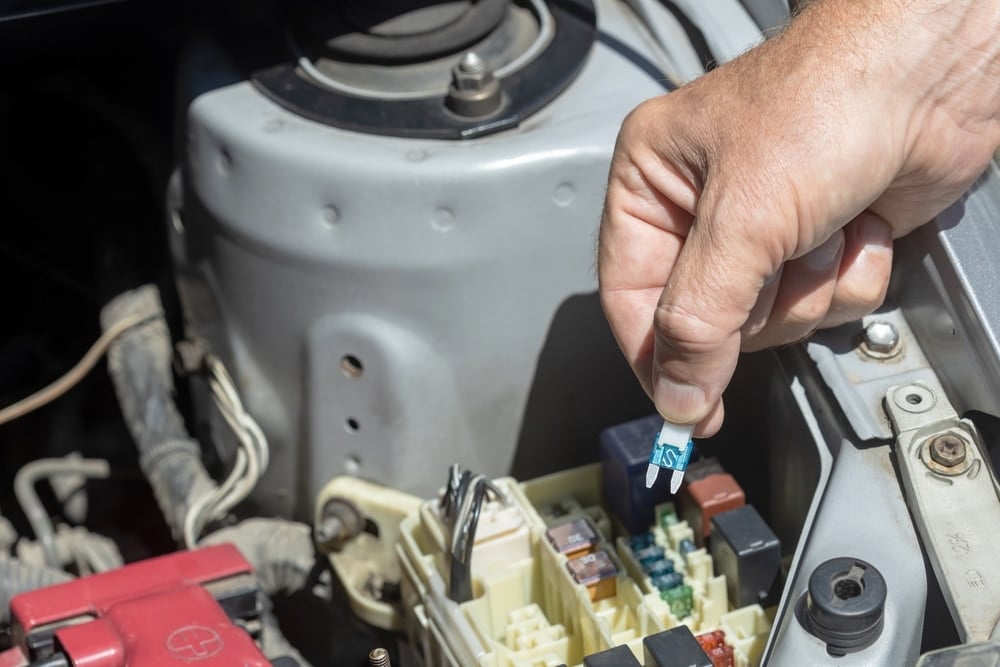
There’s always the chance that a fuse has blown. Fuses are needed to regulate the power flow between sensors, controllers and electronic parts. If the fuse blows, the PCM recognizes that something is wrong with the system.
Because the ABS and traction control systems are connected, the light will come on for both of them. The systems also won’t function during this time.
6. Low Brake Fluid
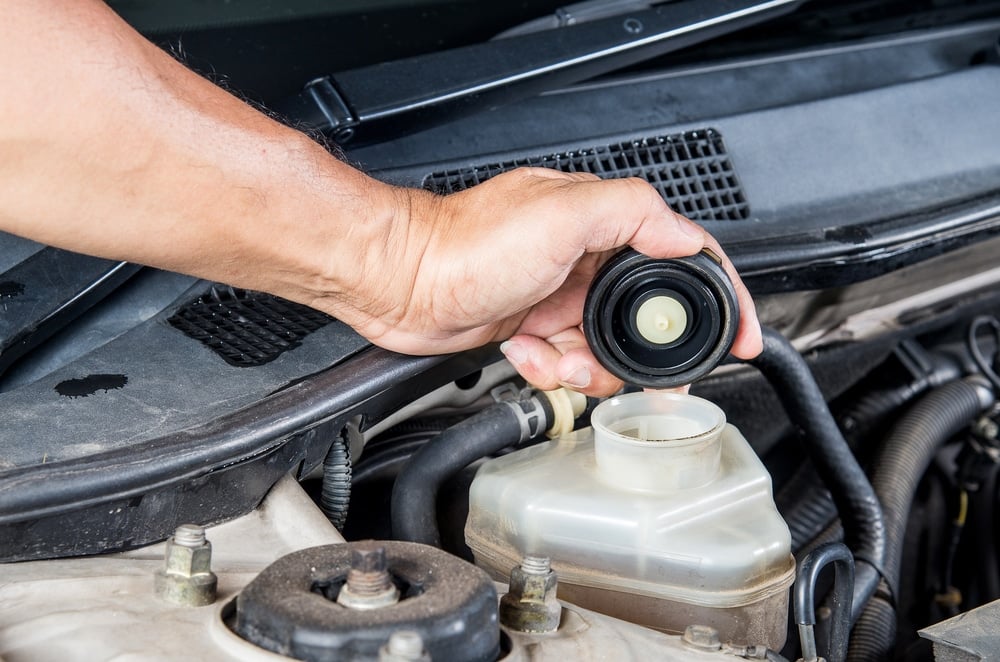
If the brake fluid level is low, the anti-lock brake system may not work properly. As the brake fluid gets lower, you should have some warning signs. At first, the brake pedal may start to feel spongy or soft. It can also take longer to stop the car once the pedal is pushed. There should also be a brake light on the dashboard once it reaches a certain level.
The brake fluid shouldn’t ever be low because it operates within a closed system. If it is, there could be a leak that should be dealt with before you refill the system.
7. Bad ABS Control Module

The ABS control module is responsible for running all of the diagnostic checks on the system. These diagnostic checks happen when you first turn on the car, which is why the lights typically come on for a second.
If there’s a malfunction, both of the warning lights are going to appear on the dashboard. Both systems share the same module.
8. Low Battery Voltage
If the car battery is weak, it’s not going to be able to supply power to all of the car components. Low voltage means the system has to cut back on what’s getting juice.
The ABS and traction control system both rely on the ECU and electrical connections. An abrupt loss of power to these systems is going to create a fault and turn the lights on. You will probably notice other systems not working right if it’s due to a lack of power.
How To Fix The ABS and Traction Control Light
You don’t have to be a professional mechanic to figure out what’s wrong with your car, but it helps if you know how we would approach it. Here are some basic steps you can follow as you feel comfortable.
1. Read Trouble Codes From the ABS Control Module

When the warning lights come on the dash, diagnostic trouble codes are set in the car’s computer. You can retrieve these codes if you have a compatible scanner.
Advanced scanners also give you the option to look at live data, which can help troubleshoot what’s going on. If you need to research the information, look at our online trouble code library.
2. Inspect ABS Sensor, Ring, and Wiring
You can physically inspect the ABS ring, sensor and wiring. If you notice anything obvious wrong with the parts, you want to replace them.
Additionally, the service manual will give you directions to test the ABS sensor. You can use a multimeter and compare the results with what’s listed for your vehicle.
3. Check Brake Fluid
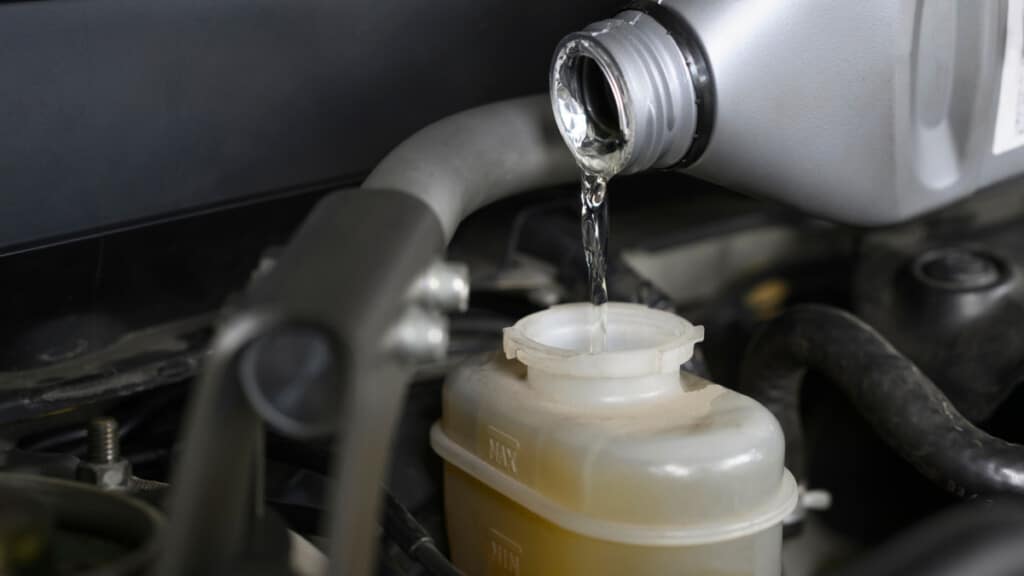
It’s simple to check and refill the brake fluid. Follow these steps.
- Find the brake master cylinder reservoir. It’s typically near the firewall towards the rear of the engine, right in front of where the brake pedal is.
- If your car has a translucent reservoir, you should be able to see the full line and corresponding liquid inside. You don’t need to take off the cap.
- If the car has a metal reservoir, you have to take off the top to inspect the levels. Look to see where the fluid line is in relation to the full marking.
- If the fluid level is low, fill it back up.
- Replace the cap.
It’s also important to check the condition of the brake fluid. If it looks old, you may want to change it out with new brake fluid.
RELATED: Brake Fluid Flush – Why You Need It & What It Costs
4. Check Fuses
If there’s a problem getting power to the systems, the issue could be a blown fuse, but this is a simple check. Pull out the corresponding fuses for these systems and examine the wire inside. If it’s broken, it needs to be replaced.
However, you should only replace a fuse with one that’s the same amperage. Of all the fixes you could be looking at, this might be the cheapest and easiest to do.
5. Charge The Battery and Reset The Codes
If the battery dies or wasn’t charged enough and it caused your problems, you need to charge it or replace it. Most car batteries only last up to five years, so you’ll want to replace it if it’s going close to that time.
Once the battery has been replaced, you might need to clear the codes from the system. The lights shouldn’t come back on if the issue has been resolved.
6. Contact A Professional
Some of these solutions are straightforward, while others require a little more experience. Don’t be afraid to reach out for help if you are struggling to fix the warning lights.
These are sophisticated systems you are working with, so don’t take any chances. Research a qualified mechanic in your area for support.
How do I reset my ABS and traction control light?
If the lights are on, there’s a problem with the systems that need to be repaired. First, find out what’s causing the fault. After that, you can fix the problem and the lights should reset. If the lights don’t go off on their own, you can reset them with your compatible code scanner.
How much does it cost to fix the ABS and traction control light?
It depends on what’s wrong. If you need to replace a fuse or put in more brake fluid, you may only spend $10. However, some of the fixes can be on the costly side, such as replacing the ABS control module. On average, you could spend $500 to $1,100 for this repair on parts and labor.
Can low brake fluid cause the ABS light to come on?
Yes, if the brake fluid is low, the ABS and traction control lights can come on. However, this is a simple fix since you only need to add some brake fluid. The trouble comes in if you find a leak that’s causing the low fluid level. You would want to fix the leak before adding more fluid.
Can I drive without ABS and traction control?
There are no laws about driving without the ABS or traction control system. Your car will continue to drive normally, the only difference will be that the wheels can lock up and you can fail to get the traction that you need. On slippery road surfaces, this could be detrimental to your safety.
We know what a pain it is to deal with dashboard warning lights. It’s something we never look forward to either. But the ABS and traction control lights can be easy to deal with since the two systems use the same parts.
Perform a complete diagnosis of the systems to see what’s going wrong. Once you find the problem, have it repaired so you gain the function of the anti-lock brakes and traction control again.
Learn more:
- ABS Light: What It Means And How To Fix It
- Slip Light – Meaning, Causes & How to Fix it
- Traction Control Light: What It Means And How To Fix It
Categories: Troubleshooting, Warning Lights
